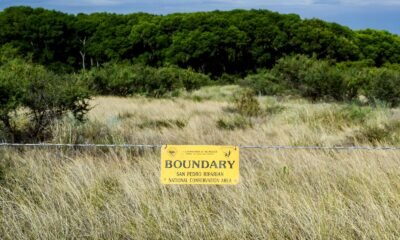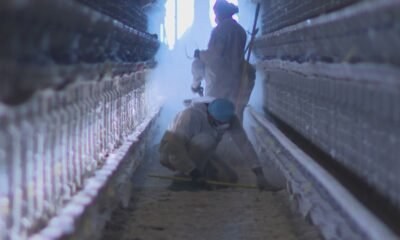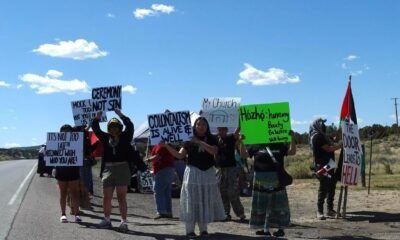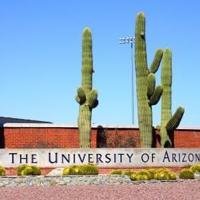Buu Nygren
Federal and Navajo Leaders Unite for Off-Site Cleanup of Quivira Uranium Mine Waste

Teracita Keyanna, a member of the Diné tribe, has lived in the shadow of uranium mining throughout her life. Growing up in the Coyote Chapter of the Eastern Navajo Nation, her family’s history is deeply intertwined with the mines, including her grandmother’s role as a custodian in the mine owner’s office.
Just outside her home, remnants of the Kerr-McGee Quivira uranium mine loom prominently. “It’s the first thing that you see when you walk out the door,” she remarked, highlighting the profound impact of mining on the land.
The Kerr-McGee Quivira mine is one of over 1,100 uranium-related sites scattered across the Navajo Nation, many of which are abandoned. Recently, federal and tribal officials reached a significant milestone, approving a plan to manage the toxic legacy left by these mines. The U.S. Environmental Protection Agency approved the transportation of 1 million cubic yards of uranium waste from three sites to the Red Rocks Landfill, located approximately six miles east of Thoreau, New Mexico.
This decision represents a pioneering step in environmental management, according to Susan Gordon, coordinator for the nonprofit Multicultural Alliance for a Safe Environment. “We see this as a strong first step,” she said, expressing hope that this initiative could serve as a model for cleanup efforts in other states dealing with similar issues.
The waste consists of broken rocks, dirt, and sand, which contain low levels of uranium, insufficient for milling. However, the comprehensive cleanup process will take years, involving further permitting and construction of a disposal cell, expected to last at least six to eight years. Long-term monitoring will be overseen by the New Mexico Environment Department.
Keyanna expressed mixed emotions regarding the cleanup. “It’s bittersweet,” she said, reflecting on the longstanding health issues faced by her community, including elevated rates of lung cancer and kidney disease linked to uranium exposure.
The Quivira mine, which contributed 2-4% of New Mexico’s historical uranium production, is located near one of the nation’s most notorious mining spills. In July 1966, a dam breach released millions of gallons of radioactive waste into the Rio Puerco, affecting surrounding lands. Recent erosion at the site exacerbates the potential risk of contaminating waterways.
Chris Shuey, a public health researcher, emphasized the urgency of the situation, stating, “It can’t stay there; it’s a disaster waiting to happen.” In contrast, the Red Rocks Landfill is designed with protective measures, including rock and clay barriers, to safeguard groundwater and minimize exposure.
Despite the progress, some residents of Thoreau voiced concerns about the transportation of uranium waste through their community, claiming they had not consented to the disposal plan. Keyanna and Gordon have worked to counteract misinformation about the project and address the fears of local residents.
Navajo Nation President Buu Nygren highlighted the necessity of action in a recent statement, saying, “This solution is a compromise that will get radioactive waste in this area off of the Navajo Nation as soon as possible.” He acknowledged the limitations of the plan but reinforced its importance in protecting the community.










![Katrina Woods stands next to her attorney, Ron Reyna, during her arraignment at Pinal County Superior Court on May 9,. 2025. Top: Snippets from court records show what Woods pleaded to in her county case. [David Iversen/Pinal County Superior Court/graphic]](https://arizonanews.org/wp-content/uploads/2025/06/FEMA-Fraud-Suspect-Katrina-Woods-Shocks-with-Plea-Deal-Now-400x240.jpg)
![Katrina Woods stands next to her attorney, Ron Reyna, during her arraignment at Pinal County Superior Court on May 9,. 2025. Top: Snippets from court records show what Woods pleaded to in her county case. [David Iversen/Pinal County Superior Court/graphic]](https://arizonanews.org/wp-content/uploads/2025/06/FEMA-Fraud-Suspect-Katrina-Woods-Shocks-with-Plea-Deal-Now-80x80.jpg)






